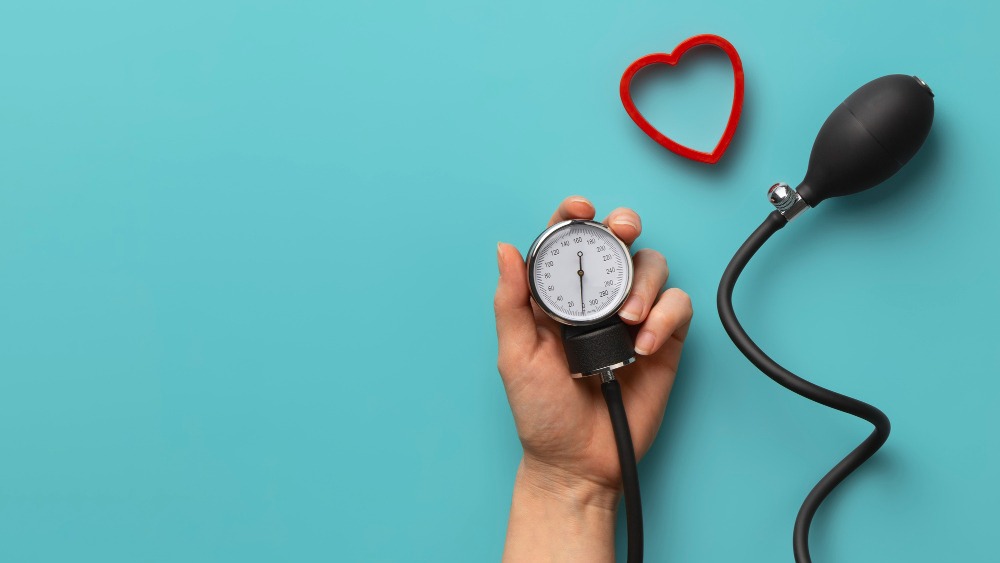Scoliosis is a complex spinal condition that requires tailored treatment approaches depending on the patient’s age and the severity of the curvature. This comprehensive guide delves into various scoliosis treatment options, offering insights for both children and adults. From non-surgical methods to surgical interventions, we’ll explore the diverse strategies available to manage scoliosis effectively.
Scoliosis Treatment for Children
When it comes to treating scoliosis in children, different considerations come into play. For mild cases, close monitoring may be sufficient, while moderate scoliosis can often benefit from bracing, a non-surgical method that guides the spine’s development. Bracing, customized to meet the child’s unique needs, can effectively address moderate curvature. In severe cases, surgical intervention may be required to correct the curvature and prevent further progression. The expertise of pediatric orthopedic specialists is instrumental in tailoring treatment plans that ensure the best possible outcomes for young patients.
Mild Scoliosis Treatment
Mild scoliosis in children often involves a watchful waiting approach. Healthcare providers closely monitor the progression of the condition through periodic check-ups and X-rays. In many cases, mild scoliosis doesn’t require active treatment, as it may remain stable or correct itself as the child grows. The focus is on ensuring that any progression is detected early, allowing for timely intervention if necessary.
Bracing as a Treatment Option for Moderate Scoliosis
Moderate scoliosis in children may be effectively managed with bracing. Braces are customized to the child’s specific curvature and are designed to guide the spine’s growth in a more aligned manner. While bracing requires commitment and adherence to a treatment plan, it can significantly reduce the risk of further curvature progression during the critical growth years.
Scoliosis Treatment Without Surgery
Surgical intervention isn’t always the primary solution, especially for adults with scoliosis. Non-surgical methods can offer effective relief and improvement in quality of life. One such approach is managing scoliosis through physical therapy, which aims to enhance flexibility, strengthen core muscles, and improve posture. These therapies can significantly reduce discomfort and improve overall well-being without the need for invasive procedures.
Managing Scoliosis with Physical Therapy
Physical therapy for scoliosis involves a personalized exercise program that focuses on strengthening specific muscle groups to support the spine and improve overall posture. Exercises are tailored to the individual’s condition and may include stretching, core strengthening, and posture correction techniques. Physical therapy can be an integral part of scoliosis treatment, particularly for adults seeking non-surgical options.
Scoliosis Treatment for Adults
Scoliosis can also affect adults, either as a condition that developed during childhood or as degenerative scoliosis related to age-related spine changes. Treatment options for adults include physical therapy, pain management, and, in some cases, surgery. Physical therapy focuses on improving flexibility, strengthening muscles, and reducing pain. Pain management strategies may involve medication, lifestyle adjustments, and minimally invasive procedures. Adult scoliosis treatment plans are customized based on the individual’s unique needs and the degree of spinal curvature.
Surgical Intervention: Correcting Severe Scoliosis
Severe scoliosis in adults may require surgical intervention when other treatments have proven ineffective. Spinal fusion surgery is a common procedure that aims to correct the curvature and stabilize the spine. During surgery, the vertebrae are connected using rods, screws, or wires, straightening the spine and preventing further progression of the curve. Surgical intervention can provide long-term relief and improved spinal alignment for individuals with severe scoliosis.
Pain Management Strategies for Scoliosis Patients
Scoliosis can often be associated with back pain, especially when the curvature is significant. Pain management strategies for adult scoliosis patients may include medication, physical therapy, heat or cold therapy, and lifestyle adjustments. Tailored exercises that target specific muscle groups can help alleviate discomfort. Supportive devices such as pillows or braces may also be recommended. Collaborative discussions with healthcare providers help develop personalized pain management plans based on individual needs.
Decision-Making and Support
Making informed decisions about scoliosis treatment is paramount. Several factors come into play when choosing the right treatment plan. These factors include the degree of curvature, age, overall health, and individual preferences. Open and informed discussions with healthcare providers, orthopedic specialists, and surgeons are essential to explore all available options. Factors such as the potential for further progression, impact on daily life, and treatment goals should be considered. Treatment decisions should be collaborative, incorporating the patient’s comfort level with various interventions and the expected outcomes.
Choosing the Right Treatment Plan: Factors to Consider
Selecting the most appropriate scoliosis treatment plan is a critical decision. It hinges on factors like the degree of curvature, the patient’s age, overall health, and personal preferences. Engaging in thorough discussions with healthcare providers, orthopedic specialists, and surgeons is essential to explore all available options. Considerations such as the potential for further progression, the impact on daily life, and treatment goals play a pivotal role. Treatment decisions should be made collaboratively, ensuring the patient’s comfort with various interventions and the anticipated outcomes are factored in.
Preventing Scoliosis Progression: Tips for Long-Term Care
Preventing further progression of scoliosis is a long-term goal for individuals living with the condition. Regular follow-up appointments with healthcare providers are crucial to monitor changes and make necessary adjustments to the treatment plan. Maintaining consistency with physical therapy exercises and embracing a healthy lifestyle can significantly contribute to improved spinal health. Avoiding risk factors such




